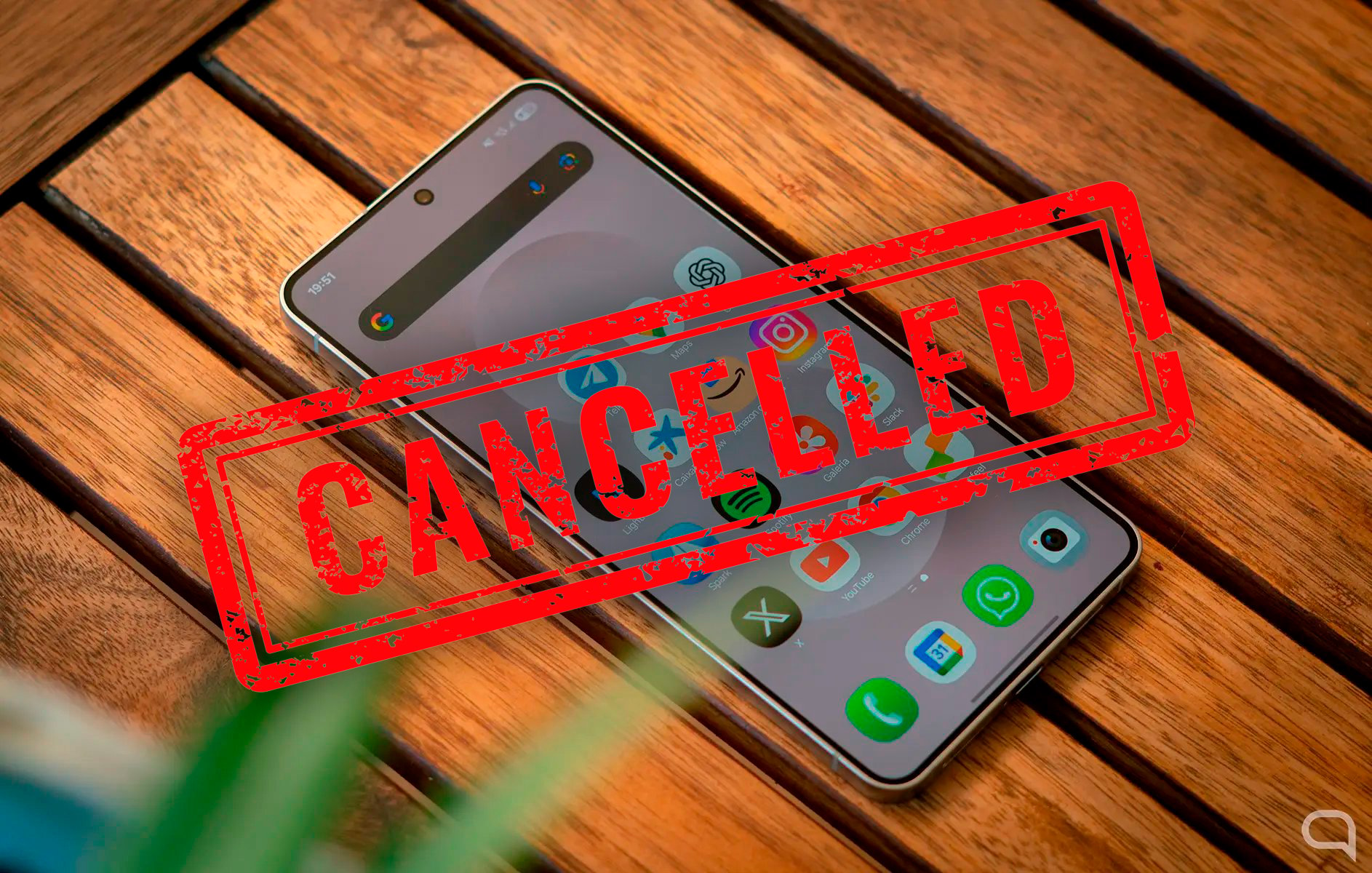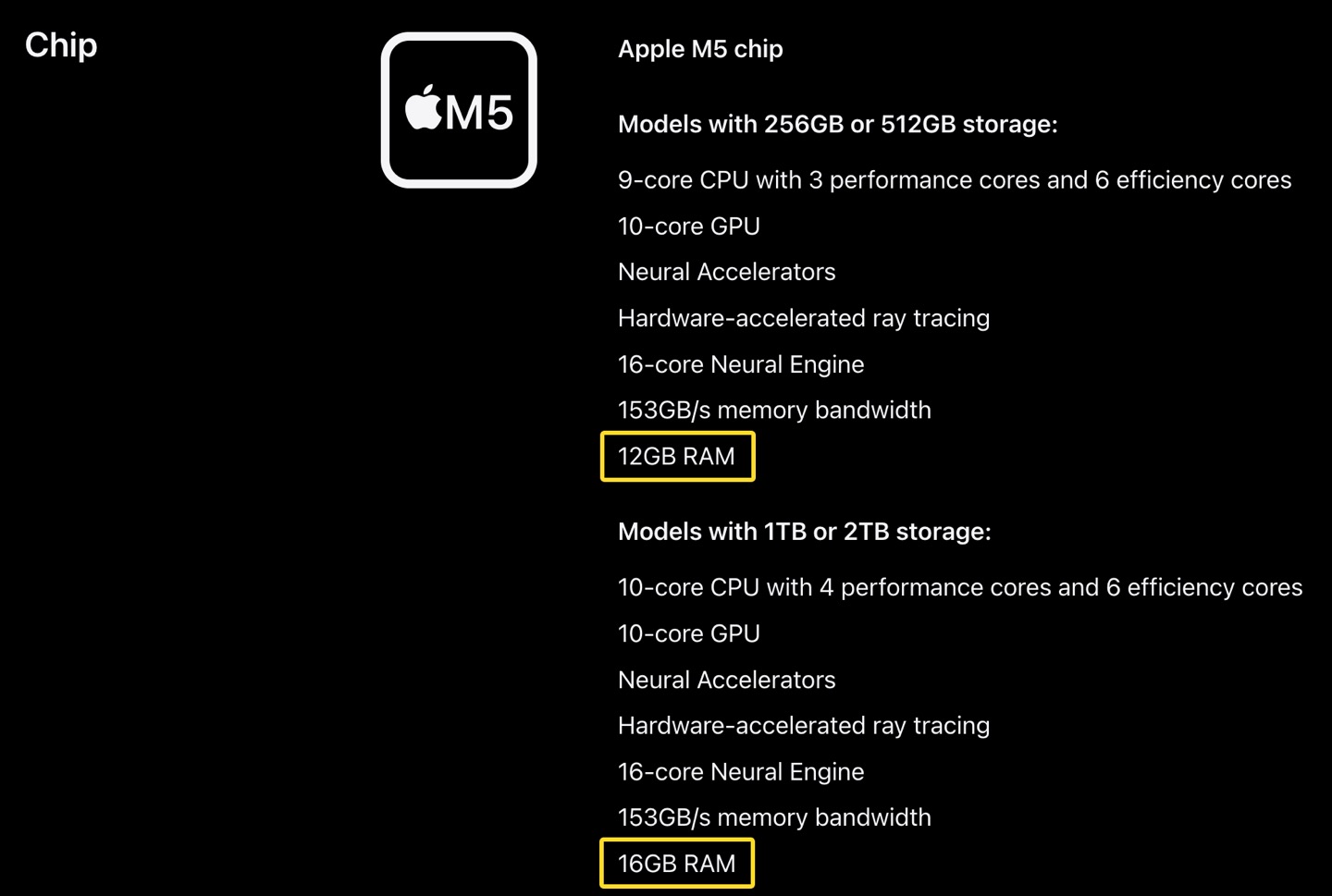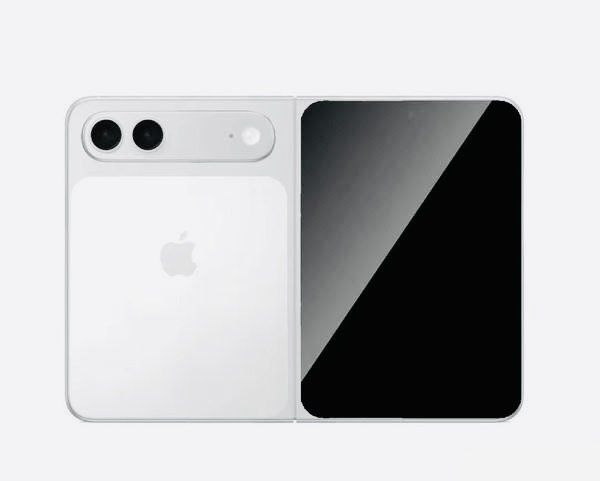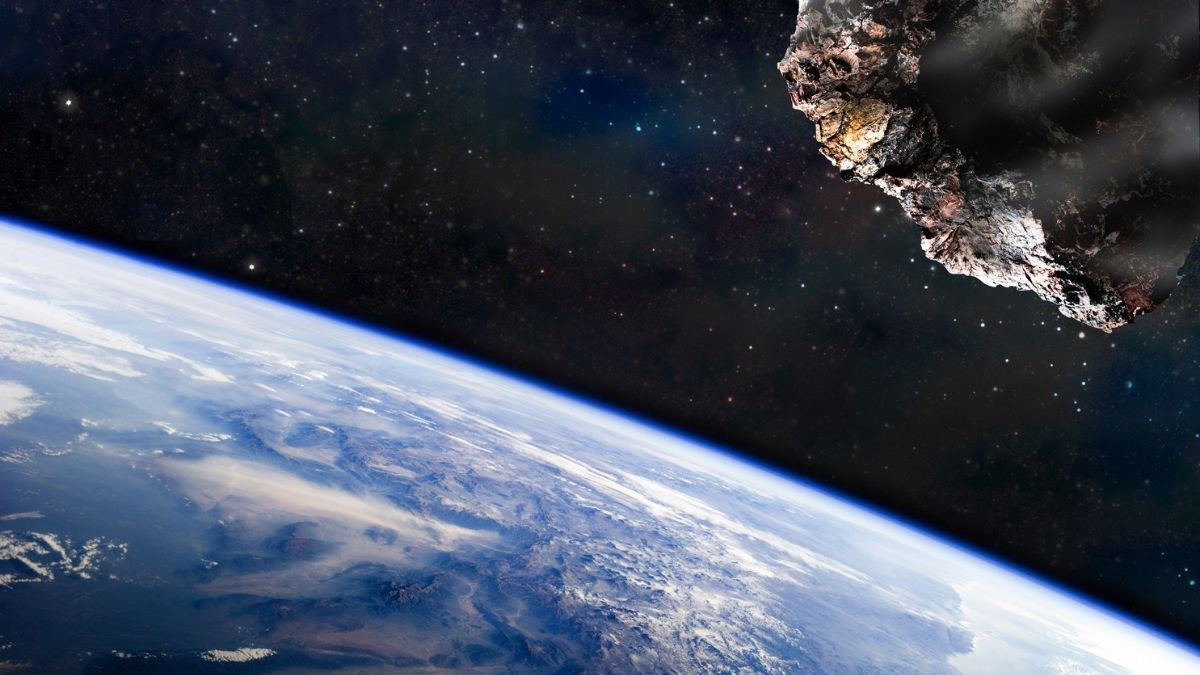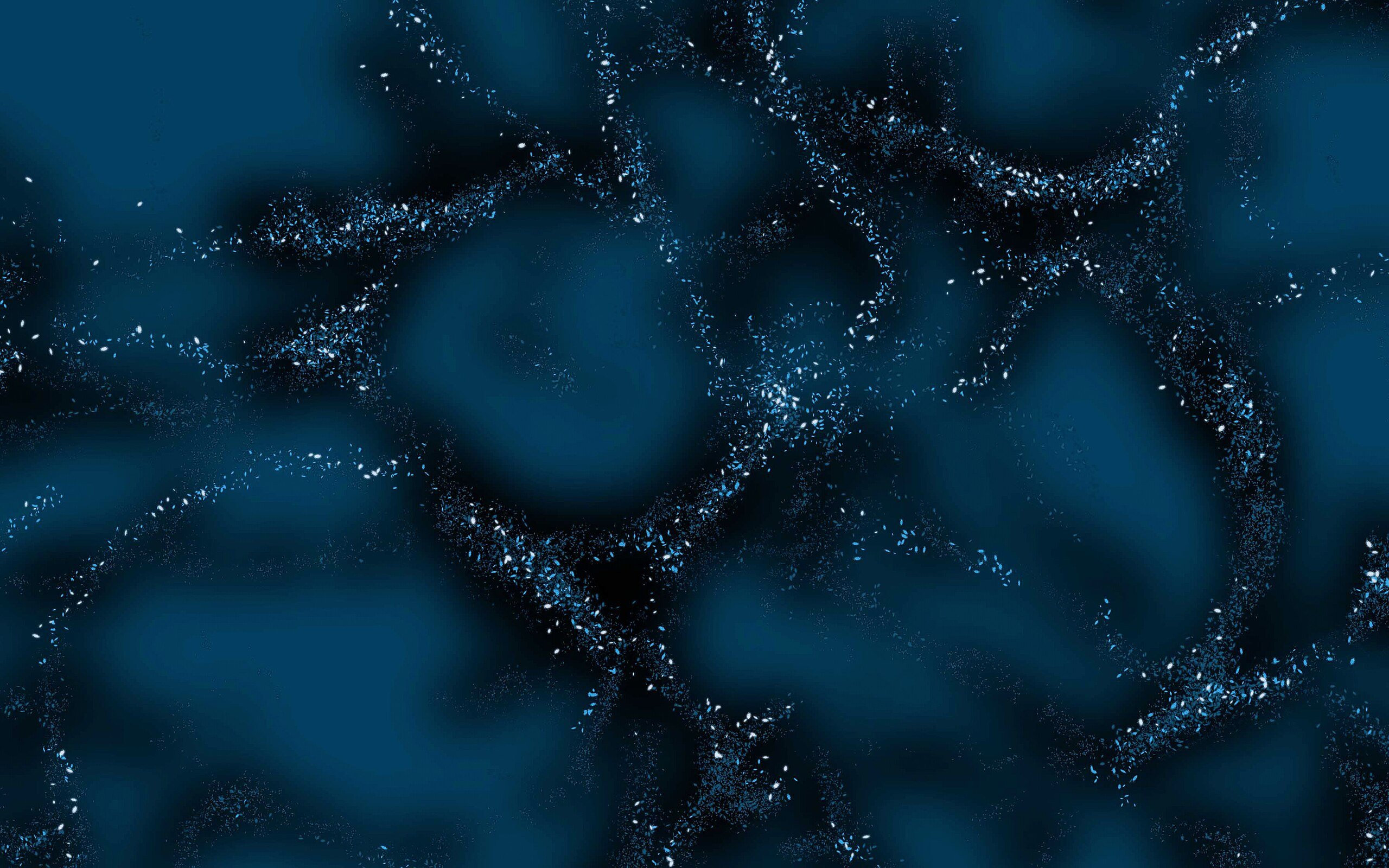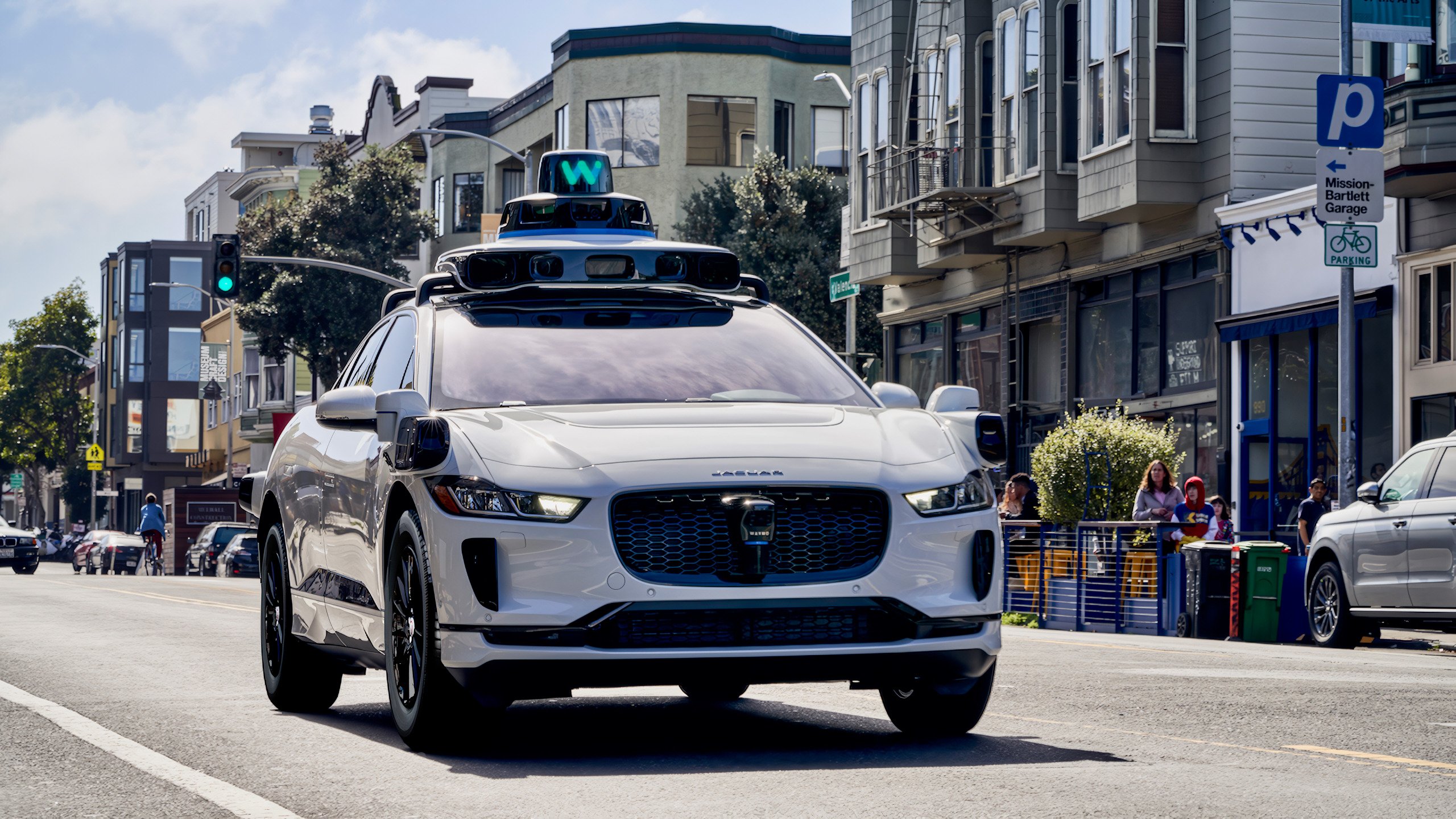On a seemingly normal morning in February 2013, the Russian city of Chelyabinsk became the epicenter of an extraordinary astronomical event. A meteor the size of a moving truck appeared in the sky and briefly obscured the sun. and caused an explosion of energy 30 times greater than that of the Hiroshima bomb.
Fortunately, there was no death in this incident. Windows were broken all over the city and more than 1,600 people were injured. Meteor known as the Chelyabinsk meteor, It is considered the largest natural space object to penetrate our atmosphere for more than a century.
Invisible threat from above
Following what happened in Russia, space agencies intensified their efforts to map the cosmos by trying to identify near-Earth objects (NEOs). The European Space Agency (ESA) estimates that objects the size of the Chelyabinsk meteor breach the atmosphere approximately once every half century.
Although we have identified more than 33,000 NEOs, none currently pose a threat for the next century. But the real danger lies in the unknown; countless asteroids in hidden orbits that could destroy entire cities or even cause mass extinction.
Amy Mainzer, professor of planetary science and principal investigator of NASA’s asteroid-hunting missions, emphasized the importance of consciousness: “The most problematic object is the one you don’t know about.” Identifying these objects not only helps calculate risk but also development of emergency plansIncluding diversion or evacuation to prevent mass casualties.
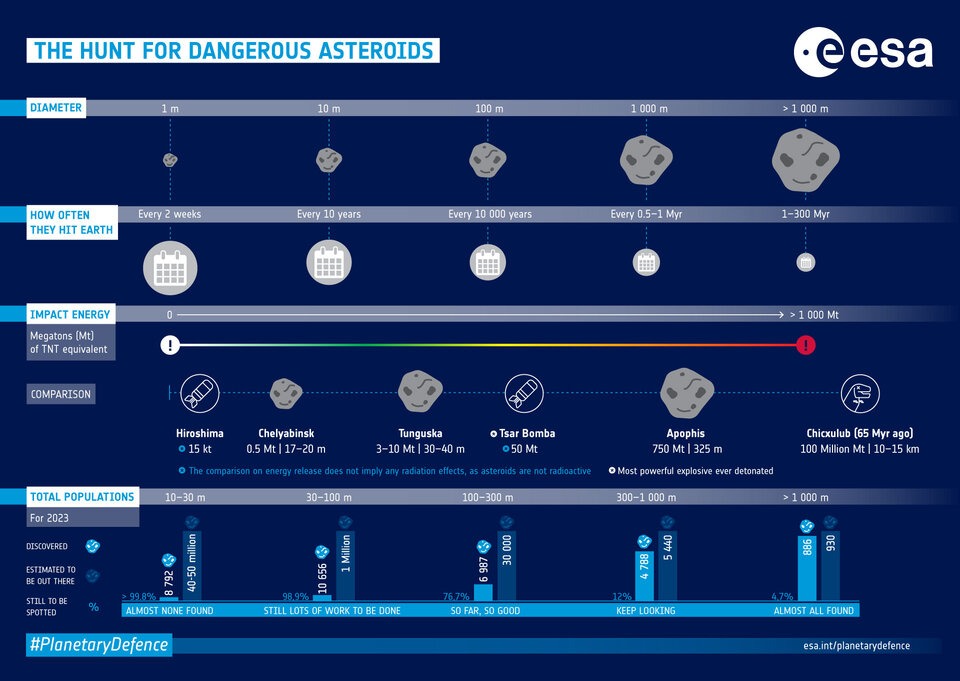
detection quest
Asteroids close to the Sun are difficult to find. Ground-based telescopes have limitations due to solar glare and the short twilight windows available for observation. Space telescopes perform better because they can use infrared imaging to detect the heat of asteroids, making them visible even in the dark.
NASA’s NEO Surveyor and ESA’s NEOMIR will launch within a decade, equipped with infrared imaging and technology. Designed to search for asteroids near the Sun. These missions promise to improve our planetary defenses by potentially detecting even small objects like the Chelyabinsk meteor long before they impact.
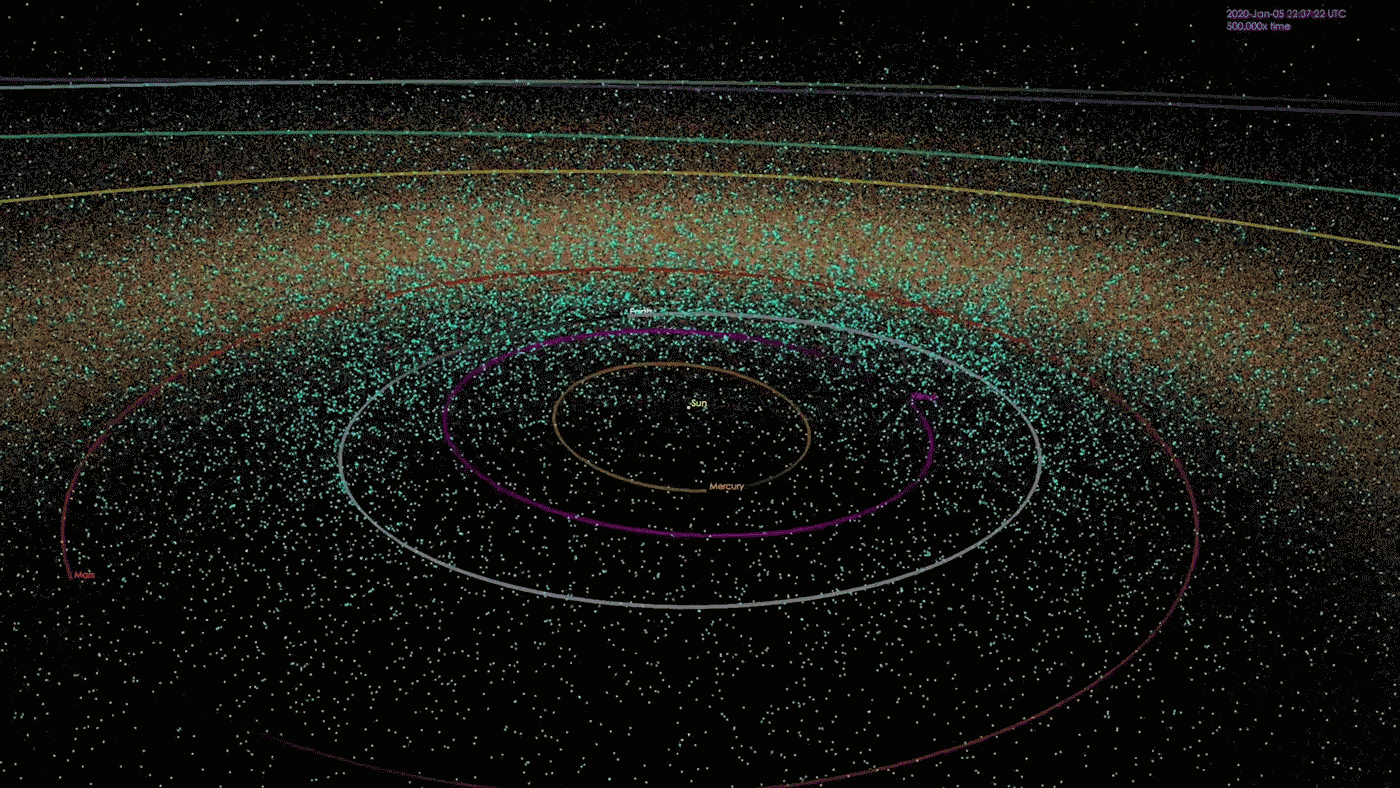
While we wait, astronomers are trying to uncover the Sun’s hidden dangers using terrestrial methods. Despite the challenges, optimism remains high as each new discovery adds a piece to the puzzle of our solar system’s complex dynamics. Mainzer encourages caution and further research: “Go look. Do better research and you can greatly reduce uncertainty.”
The Chelyabinsk incident is a reminder of our place in the universe: a world not isolated from the larger universe, but deeply interconnected and sometimes at the mercy of roving giants.
Stay up to date with the latest astronomy discoveries at TecMundo. If you wish, also take the opportunity to examine NASA’s research on the metallic nature of the asteroid Psyche.
Source: Tec Mundo
I’m Blaine Morgan, an experienced journalist and writer with over 8 years of experience in the tech industry. My expertise lies in writing about technology news and trends, covering everything from cutting-edge gadgets to emerging software developments. I’ve written for several leading publications including Gadget Onus where I am an author.


